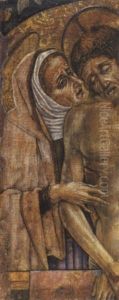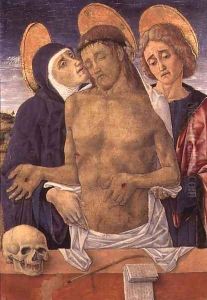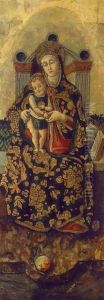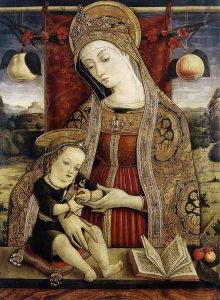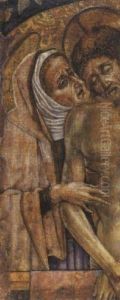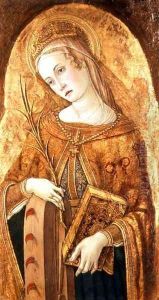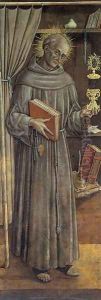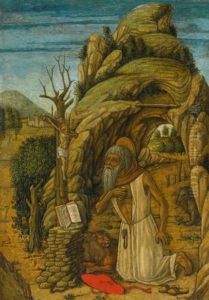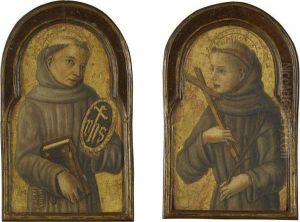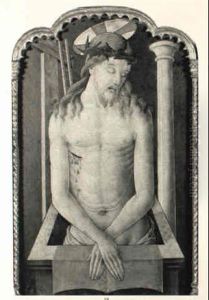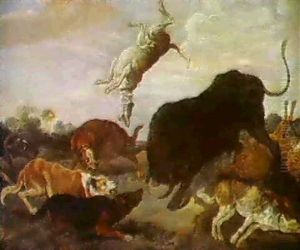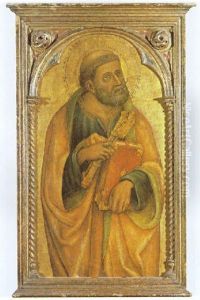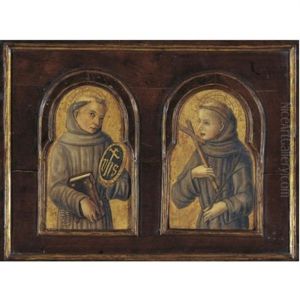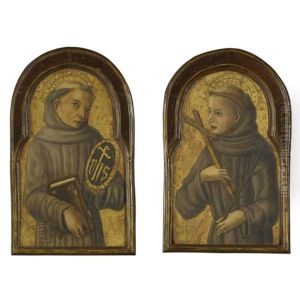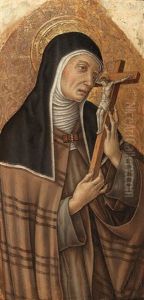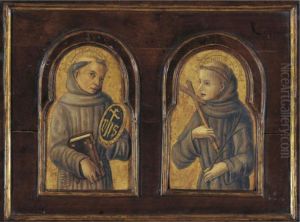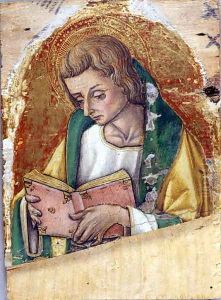Vittorio Crivelli Paintings
Vittorio Crivelli was an Italian Renaissance painter who was active during the late 15th century. He was born around 1440 into a family of painters, as his brother Carlo Crivelli was also a prominent painter of the time. The Crivelli brothers were born in Venice, but much of their work was executed in the Marche region of Italy, especially in cities like Ascoli Piceno and Fermo.
Vittorio Crivelli is often overshadowed by his more famous brother, Carlo, who had a significant influence on Vittorio's style. However, Vittorio developed his own distinctive artistic personality. His works are recognizable for their use of gold leaf and his meticulous attention to decorative detail. Vittorio's paintings often feature elongated figures and a use of sharp, clear lines that define drapery and other elements in a precise manner.
While there is not a vast amount of information about Vittorio Crivelli's life in comparison to other Renaissance artists, it is known that he was deeply influenced by the Venetian painting tradition, yet he also incorporated elements from the Ferrara school of painting. His religious works are characterized by their vibrant colors and their serene, often contemplative figures. Some of his notable works include the 'Virgin and Child Enthroned', and the 'Madonna and Child'. These paintings reflect his affinity for intricate backgrounds and elaborate thrones, all adorned in a very ornate, gothic style.
Vittorio's works were mainly religious in nature, reflecting the dominant themes of the period, and he was commissioned by various religious institutions. His altarpieces and other religious paintings were well-regarded for their piety and the sense of devotion they conveyed.
Vittorio Crivelli continued to paint until his death in 1501 or 1502. Although his work did not garner the same lasting fame as that of his brother Carlo, Vittorio's contributions to the art world are still appreciated for their beauty and the skill with which they were created. His paintings can be found in several churches in Italy and in various art collections around the world. Vittorio Crivelli's legacy survives through his detailed and devout works, which remain as a testament to the art and culture of the Italian Renaissance.
